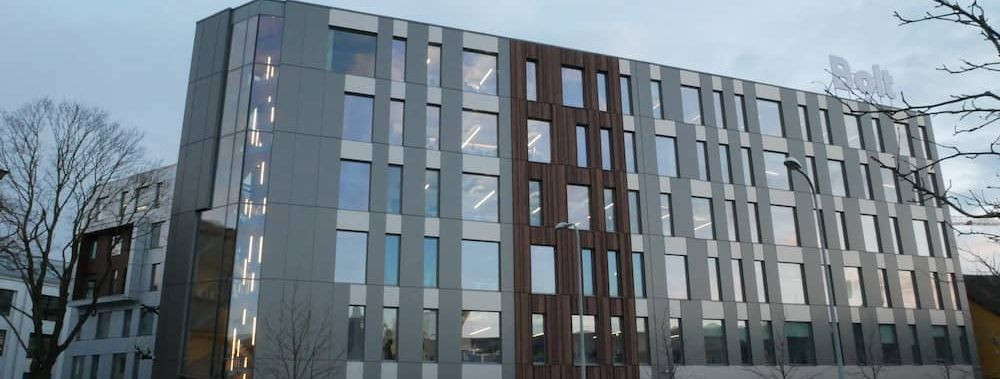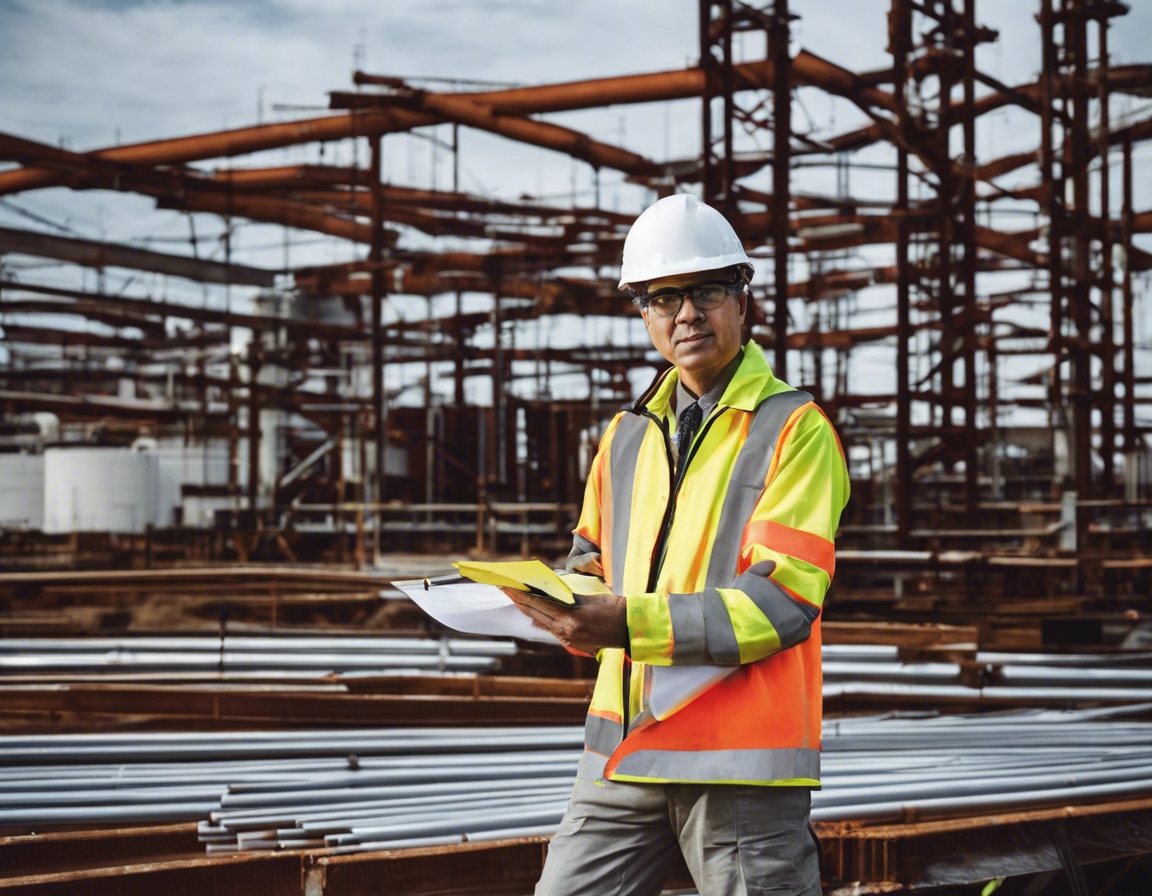Ensuring quality: the importance of construction audits
Construction audits are systematic reviews conducted during the planning, execution, or completion stages of a construction project. Their primary purpose is to ensure that the project adheres to the agreed-upon plans, specifications, and regulatory requirements, while also managing costs effectively.
Construction audits play a crucial role in project management by providing an independent assessment of the project's progress and quality. They help identify potential issues early on, allowing for timely interventions that can save time and money while ensuring the project's success.
Key Components of a Construction Audit
An audit begins with a thorough review of project contracts, plans, and specifications. This ensures that all parties are aligned and that the project is built to the agreed standards.
Regular on-site inspections are essential to monitor construction progress and quality. Auditors check for compliance with plans, identify workmanship issues, and ensure that materials meet specifications.
Auditors verify that construction practices comply with local, state, and federal regulations, as well as industry standards. This includes safety codes, environmental regulations, and building codes.
Construction audits provide financial oversight by reviewing expenditures, ensuring that costs align with the budget, and identifying any discrepancies or potential areas of waste.
Benefits of Conducting Construction Audits
Quality assurance is paramount in construction. Audits help maintain high standards by ensuring that the project is executed correctly from start to finish.
By identifying risks early, construction audits contribute to a safer work environment and help prevent accidents and liability issues.
Audits can reveal inefficiencies and overcharges, leading to significant cost savings. They also help in maintaining financial control throughout the project lifecycle.
Construction audits can streamline processes and reduce delays, ensuring that projects are completed on time and within scope.
Implementing Construction Audits
Deciding when to conduct an audit depends on the project's complexity and duration. It can be done at various stages, including pre-construction, during construction, or post-construction.
Selecting an experienced and qualified auditor is crucial. They should have a deep understanding of construction processes, regulations, and cost management.
Best practices include clear communication, comprehensive planning, and collaboration between the auditor and the construction team to ensure a smooth and effective audit process.






Comments (0)